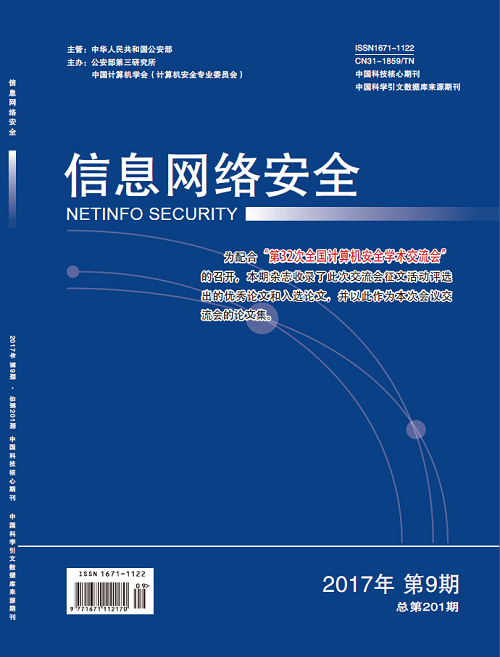To solve the high overhead of storage and can’t resist quantum attack problem of the traditional attribute based encryption(ABE) which based on bilinear maps, a new ABE scheme based on learning with errors problem was proposed. Firstly, the scheme supported multi-authority to manage different attribute sets, and introduced SampleLeft algorithm to extract keys for its authenticated users, and thus reduce the size of user’s private key. Secondly, with the help of the Shamir secret sharing technique, the secret valueswere safely managed by multi-authority, which can resist the collusion attack of authorities. Finally, the security proof showed that the security of the scheme can reduces to the hardness of decisional learning with errors problem in the standard model. Compared with the similar schemes, the size of public parameters, master secret key, ciphertext and user’s private key all optimized in some degree, and the attributes are managed by multi-authority, and hence our scheme has higher practicability and security in cloud environment.

